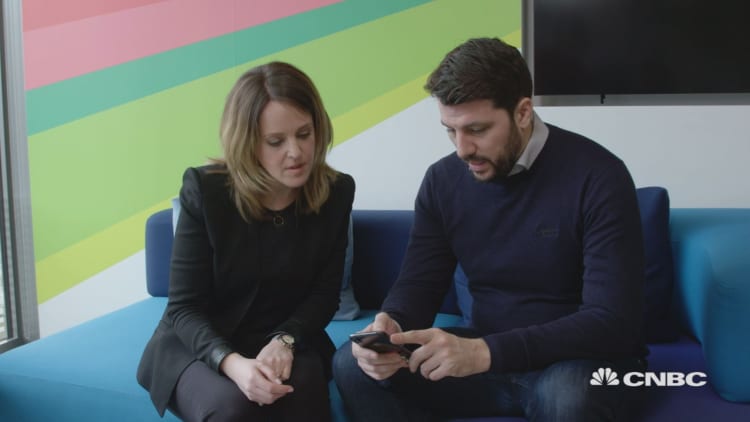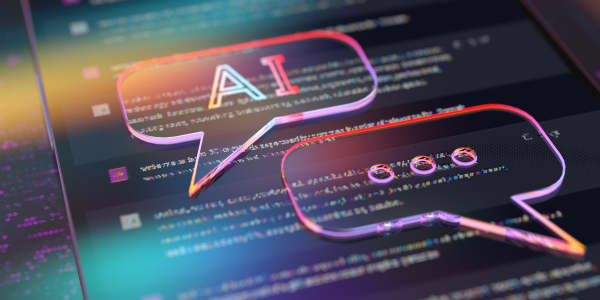
From chop suey to pizza and sushi to curry, ordering takeout is one of life’s small pleasures.
Today, technological advances are transforming the way we order and pay for food in a number of ways. Rather than call a restaurant up to place an order over the phone, consumers can now select and purchase their favourite dish in a matter of seconds using smartphones, tablets and computers.
One business that has been at the forefront of this technological shift is Just Eat, which started in a Danish basement in 2001 but now boasts 24 million customers globally and more than 3,300 employees.
The core of Just Eat’s business model is relatively simple: it offers an online platform that allows restaurants to upload their menus. Consumers log on to the site, browse what’s on offer close to where they live, and then order and pay online or in cash. The food is delivered to their door, with the restaurant paying Just Eat a commission.
“We have a consumer app… which is where the user goes and orders,” Fernando Fanton, the company’s chief product and technology officer, told CNBC’s Juliet Mann. “We make it very easy for you to find all the restaurants that are available, and also all the dishes.”
Fanton added that restaurants on its platform received customers’ orders via an Orderpad — essentially a tablet — and then prepared dishes for delivery.
He outlined one space that the business was keen to focus on. “One platform we have today and we believe might grow quite a bit is voice, whether it’s with (Amazon’s) Alexa (or) all the other devices that are coming out.”
“The vision is really to use voice to almost be that kind of advisor in the middle, suggesting options that you could have for that day,” he said. If these types of devices knew what a user’s interests were, it would make things even easier, he added.
Artificial intelligence (AI) is another area the business is looking at. “The predictive capability of AI comes in very handy because it allows you to know… two days before, let’s say, if it’s raining or depending on the weather how much demand you’re going to have and therefore make sure that you have enough drivers to fulfil that demand.”
Follow CNBC International on Twitter and Facebook.




